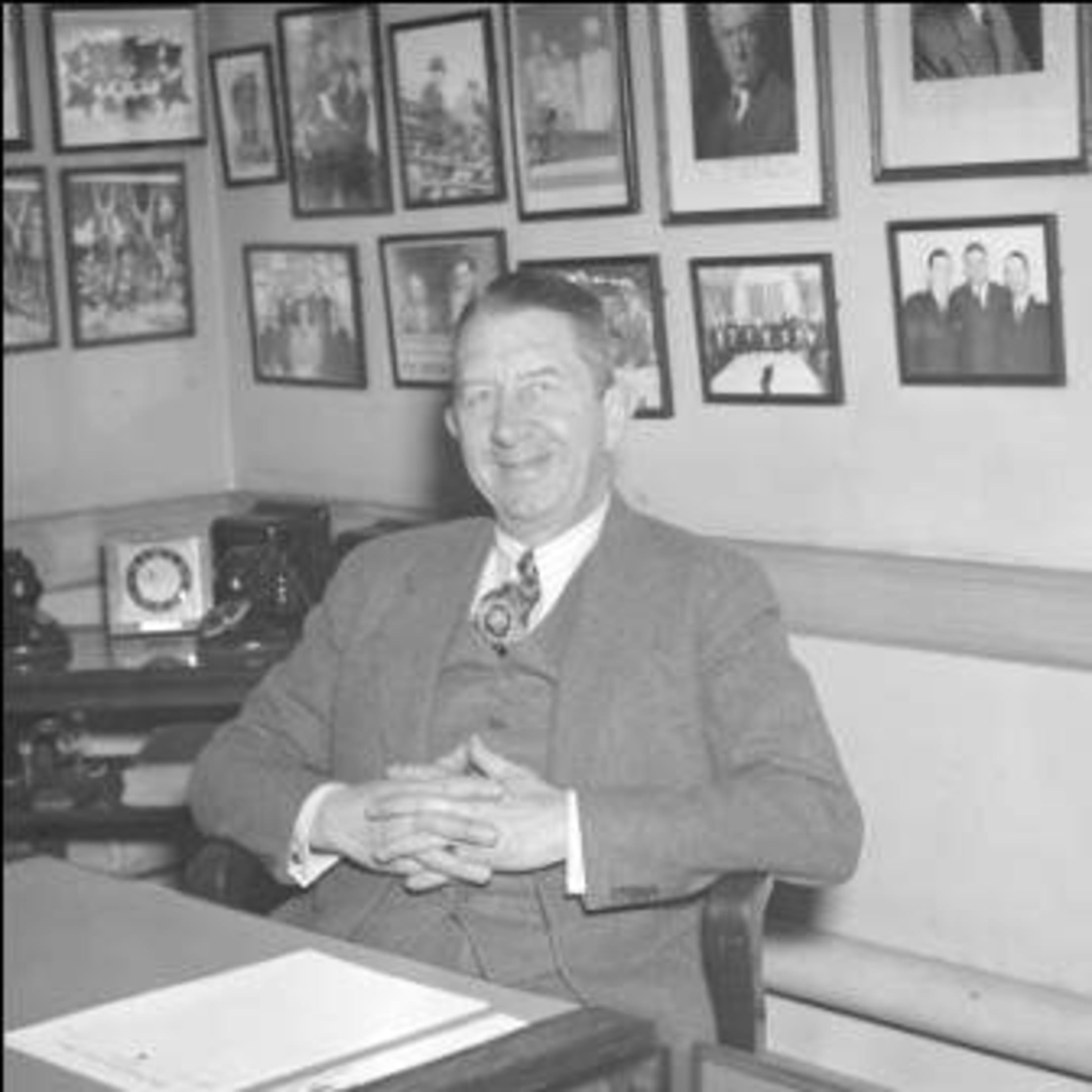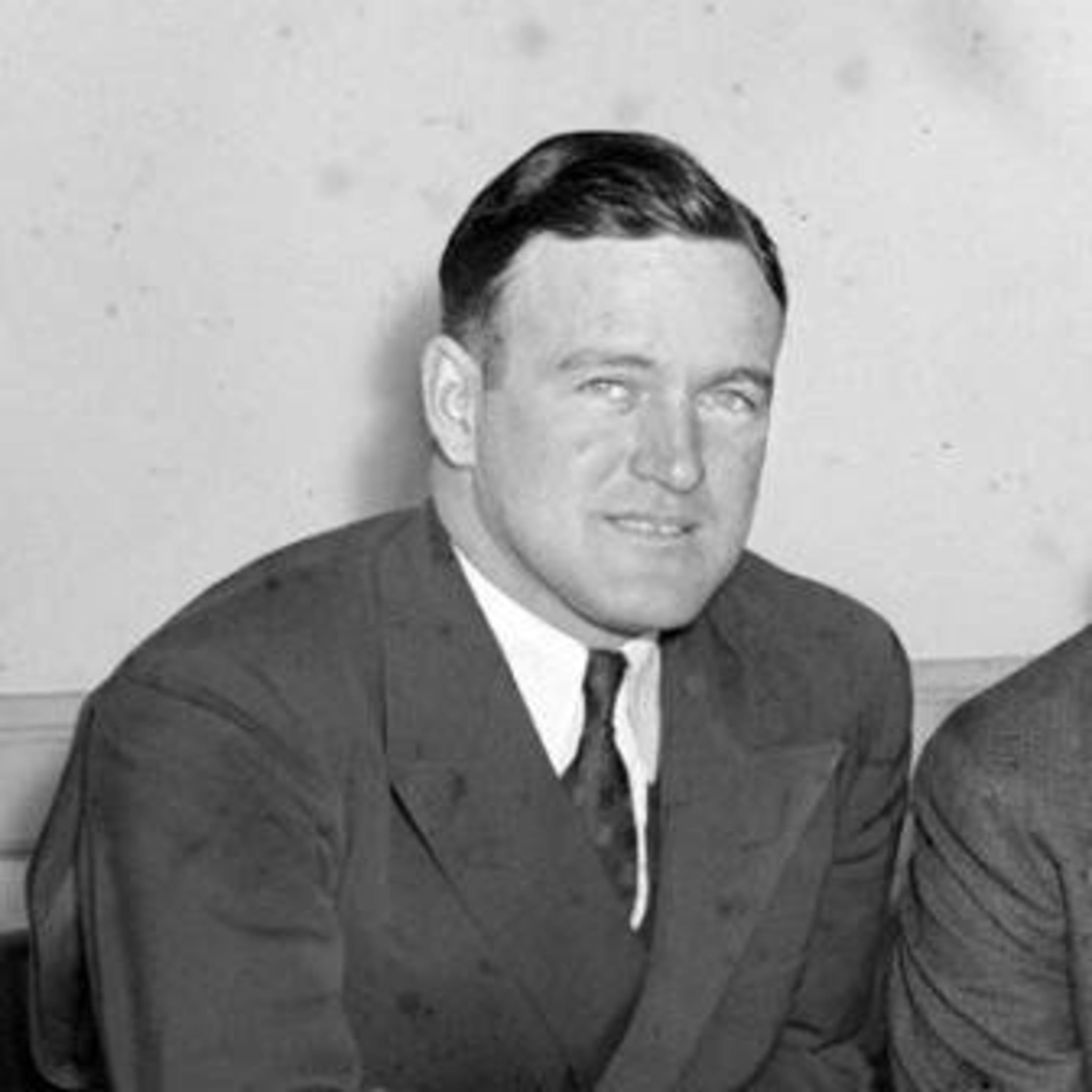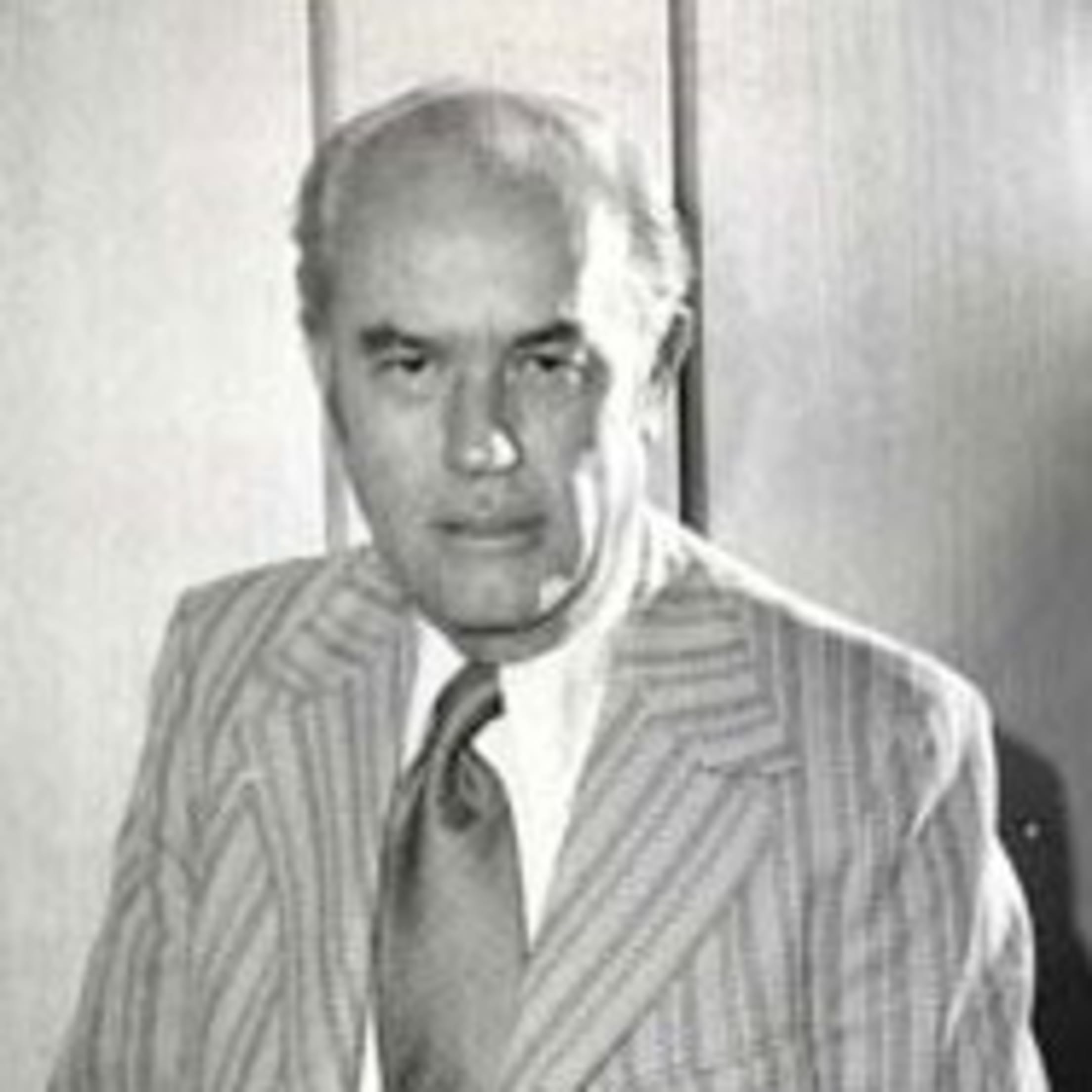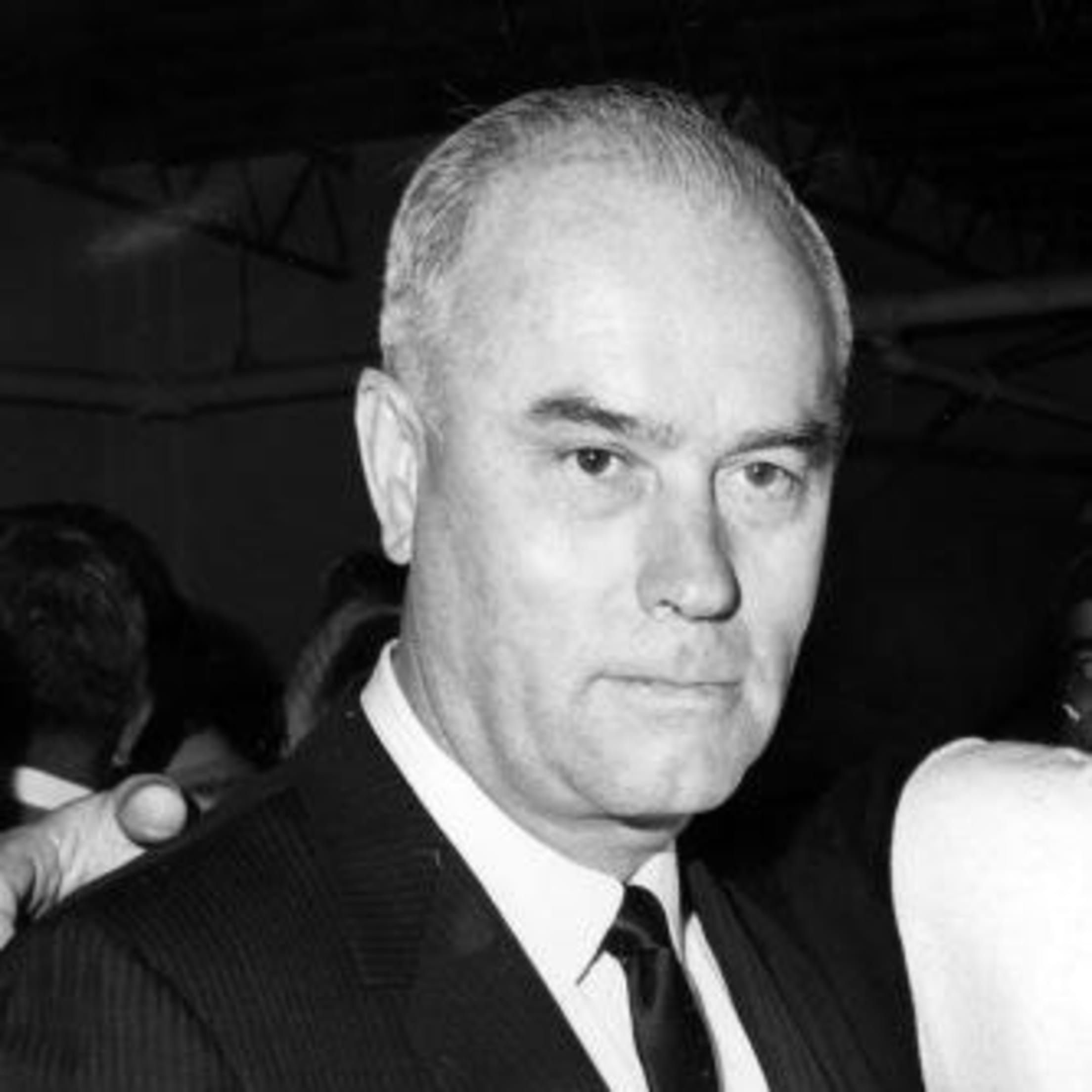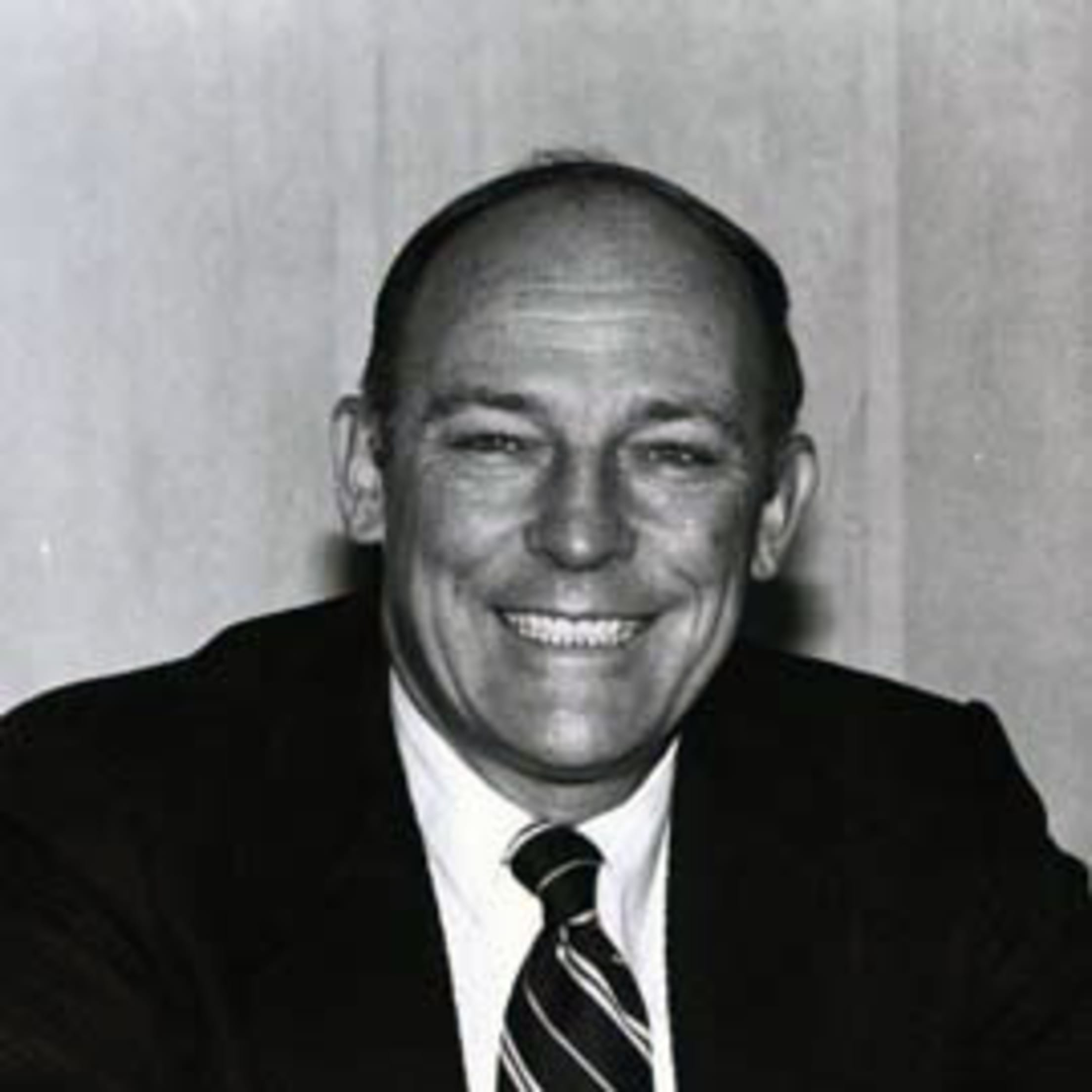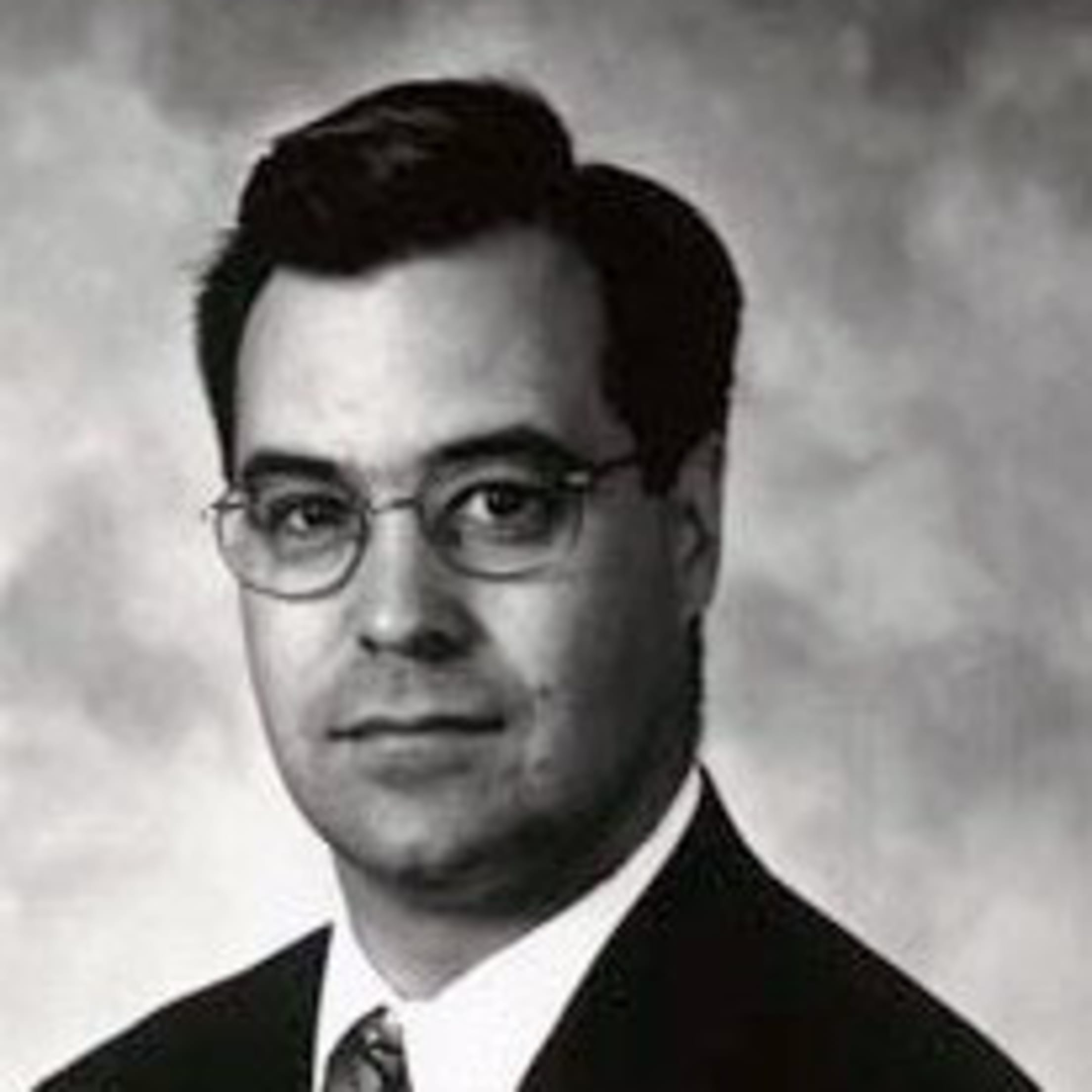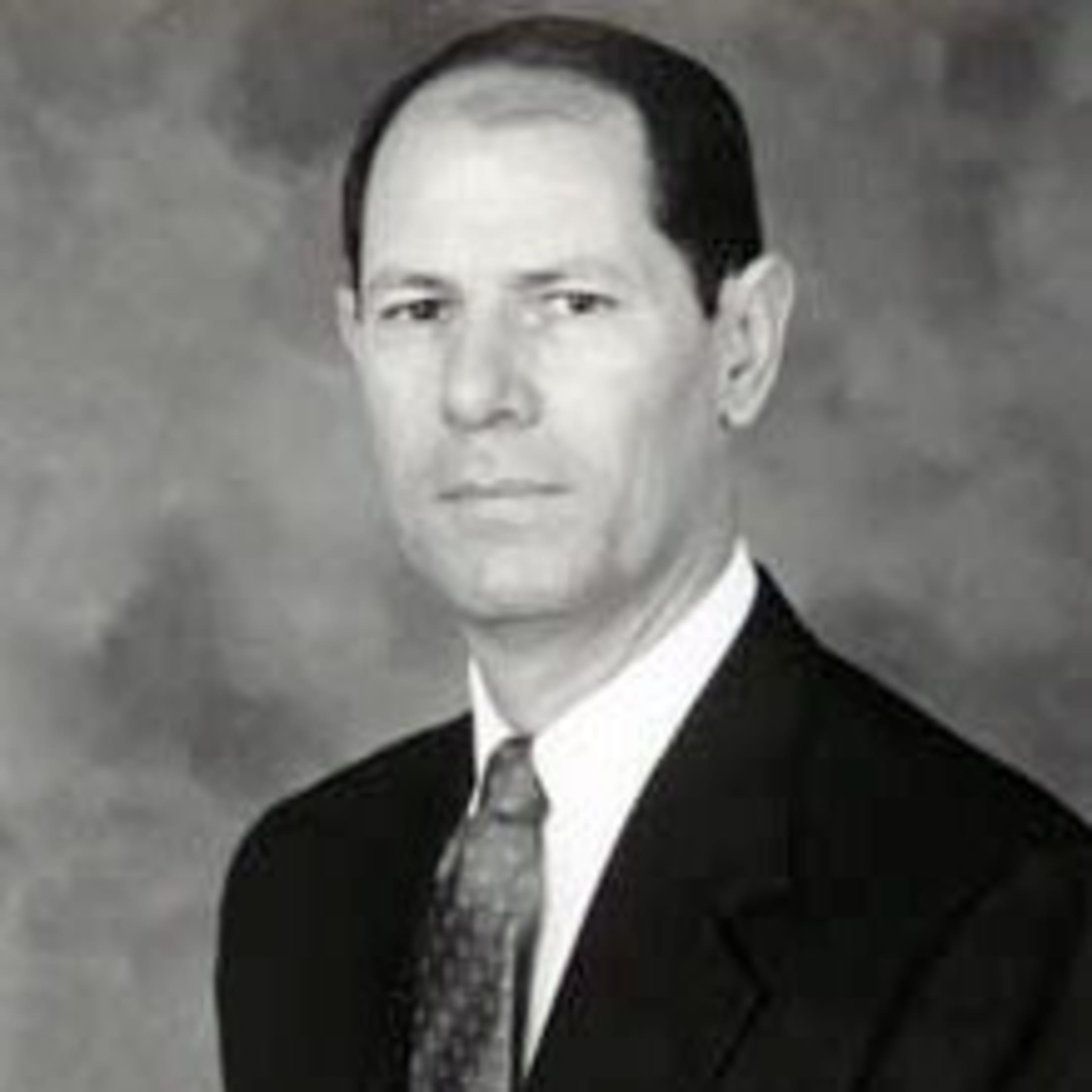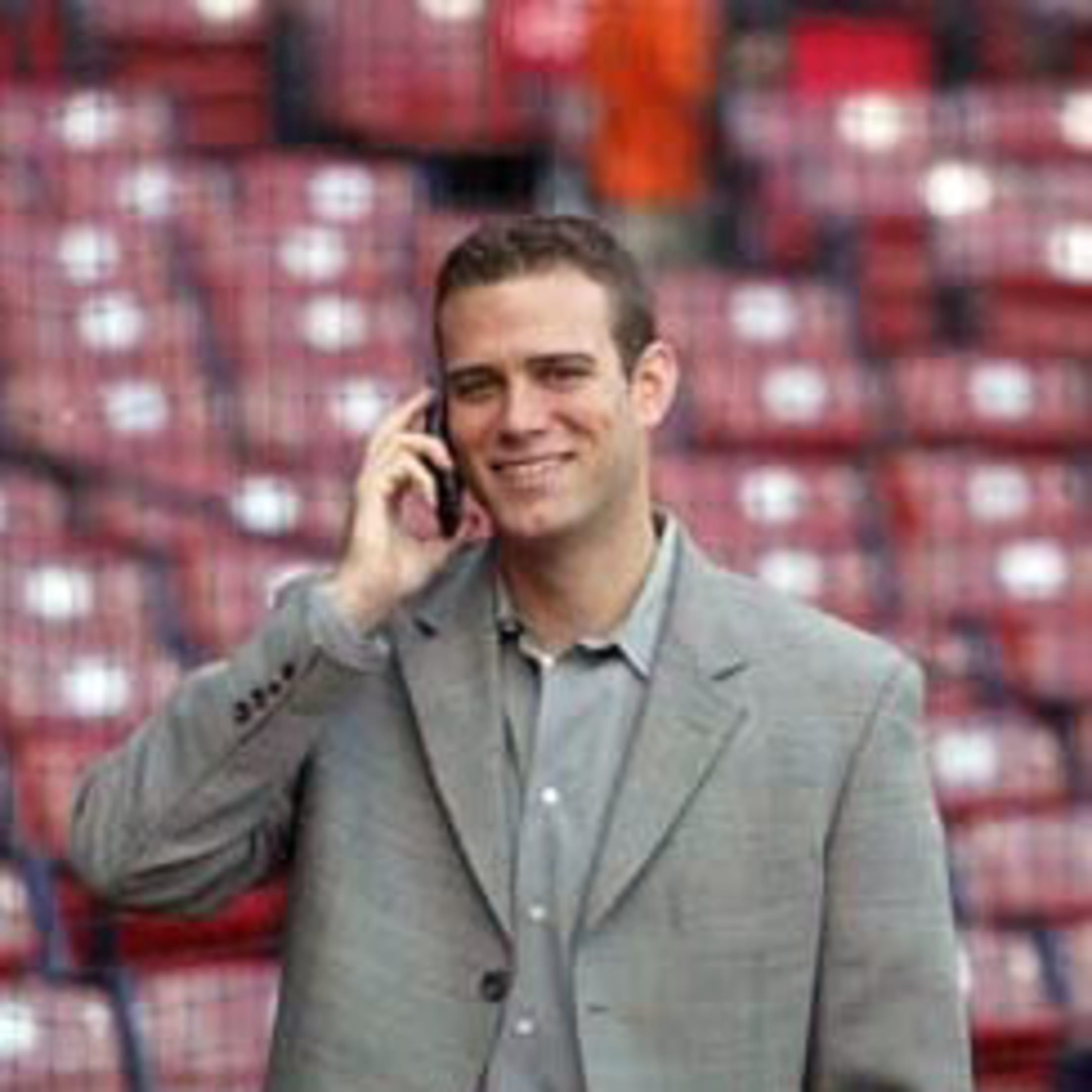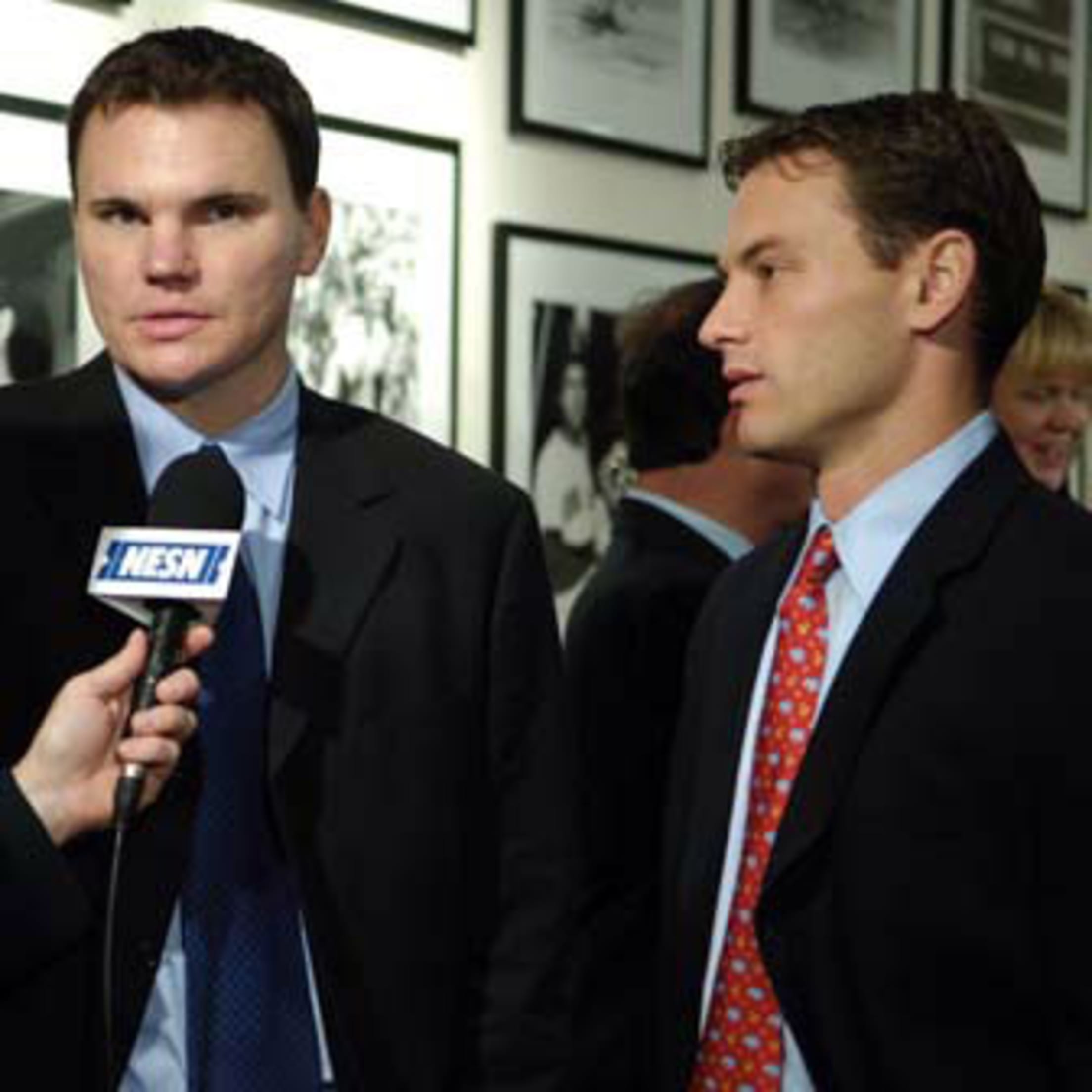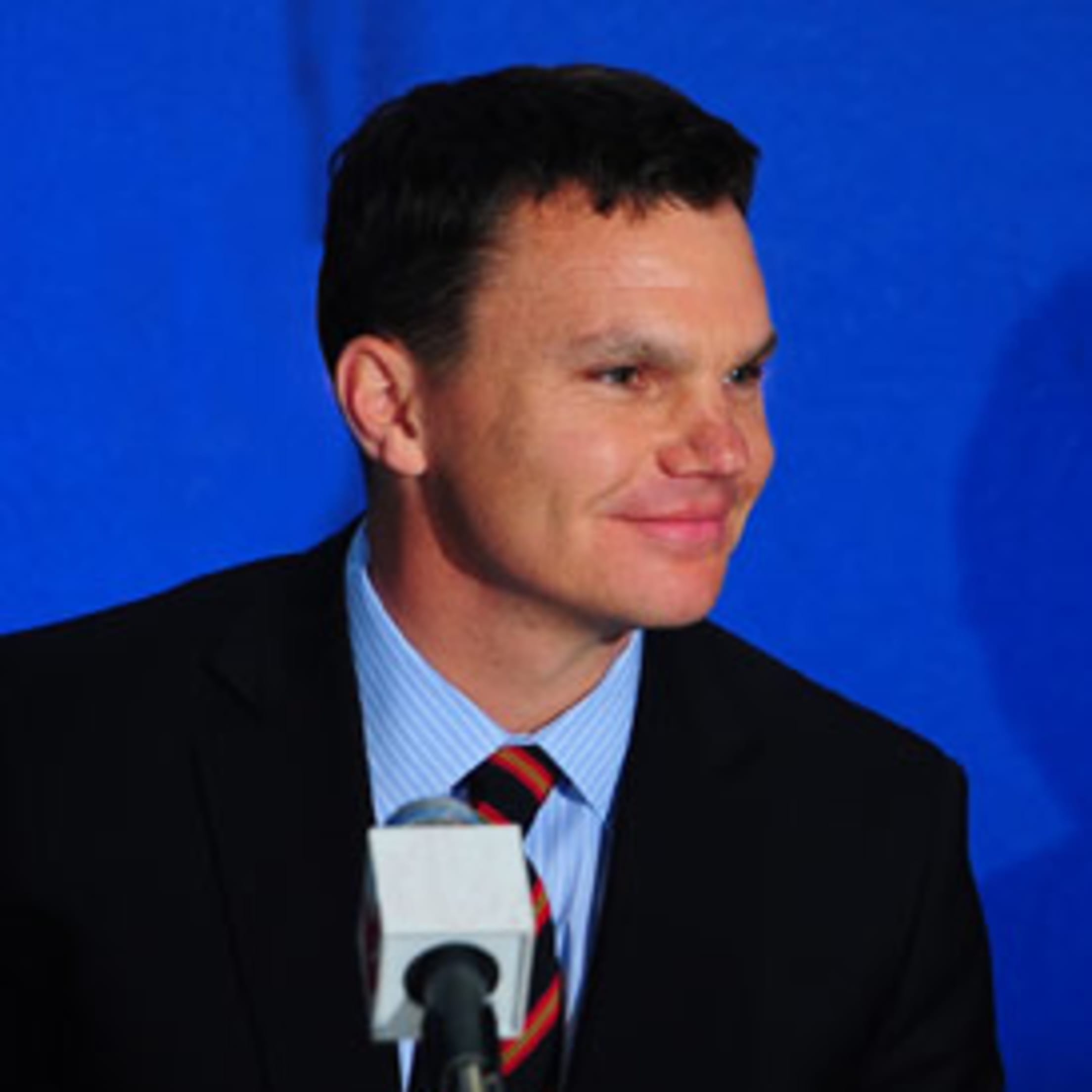Thomas A. Yawkey's first move upon acquiring the Red Sox in 1933 was to appoint Eddie Collins as the team's general manager, a newly-created position. Previous personnel decision-making had usually been handled by the owner, sometimes in consultation with a business manager. Before joining the Red Sox, Collins had a 25-year Hall of Fame career (he was inducted into Cooperstown in 1939) as a second baseman for the Athletics and White Sox. Collins' brilliant career included an MVP season in 1914, the same year his Athletics lost to the Boston Braves at Fenway Park in the World Series. Off the field, Collins proved to have a good eye for talent as a GM and Yawkey provided him with the funds to build a contending outfit. Though the pair inherited a Red Sox club that had finished last in nine of the preceding 11 years, by the end of Collins' second year on the job the Red Sox had reached .500 with a fourth place finish.
Initially, Collins purchased or traded for players from other clubs, including future Hall of Famers Joe Cronin, Rick Ferrell, Jimmie Foxx and Lefty Grove. But after acquiring immediate talent for the team, Collins helped to build one of the game's most fertile farm systems and on a West Coast road trip in 1936 Collins personally scouted a pair of teenagers, future Hall of Famers Bobby Doerr and Ted Williams. Collins' moves built the Red Sox into a contender in the years following World War II, including a trip to the World Series in 1946. However, he became quite ill in the month following his team's heartbreak in the 1946 World Series and many of his duties were taken on by the team's manager, Joe Cronin. The next year, at the end of September 1947, Cronin was named GM and Collins became a team vice president.


